SUMMARY
This is AI generated summarization, which may have errors. For context, always refer to the full article.
![[Ilonggo Notes] The old town of Molo: A secure place in history](https://www.rappler.com/tachyon/2021/09/Ilonggo-notes-sq.jpg)
Formerly a separate municipality but incorporated as a district of Iloilo City in 1903, Molo is both old and historic — and has been dubbed “The Athens of the Philippines.” Rodolfo Claparols, who headed the Board of Travel and Tourist Industry (the forerunner of the Department of Tourism) in Iloilo may have first used the term in the late 60s.
Why Athens? Because the small town seems to have punched way above its weight in producing many learned men and political leaders, including a chief justice, three justices of the Supreme Court, nine senators, seven governors of Iloilo province, five mayors of the city, and several generals of the Philippine revolution.
According to local historian Rex Salvilla, there’s Chief Justice Ramon Avanceña, Justices Gregorio Araneta (also secretary of the Malolos Congress and first Secretary of Justice), Raymundo Melliza, and Felicisimo Feria. The senators are: Francisco Villanueva, Esteban de la Rama, Esperidion Guanco, Jose Ma. Arroyo, Francisco Zulueta, Jose C. Zulueta, Potenciano Treñas, Rodolfo Ganzon, and Franklin Drilon. The governors of Iloilo include: Raymundo Melliza, Amado Avanceña, Gregorio Yulo, Mariano Yulo, Jose Yulo-Regalado, Timoteo Consing, Sr., and Jose C. Zulueta, while the generals of the Philippine Revolution are: Esteban de la Rama (first commandant of the Philippine Marines), Raymundo Melliza, Pablo Araneta, Angel Corteza, and Aniceto Lacson. Five mayors of Iloilo City are from Molo: Leopoldo and Rodolfo Ganzon, Mansueto Malabor, Jerry Trenas, and Jed Mabilog. The first Miss Philippines/Manila Carnival queen, Pura Villanueva Kalaw, a feminist and advocate of women’s right to vote, grew up in Molo. Politics, military, and the judiciary are not the only fields where Molo has produced greats and near-greats, either: award winning Broadway producer Jhett Tolentino is also from Molo.
During Spanish times, Molo was an educational center. Salvilla notes that it may have been the only pueblo (town) in the country which had four colleges – Colegio de Santa Ana of the Avanceña sisters, Centro Escolar de Molo of the Salas brothers, Instituto Ensenanza Libre de Molo of Manuel Locsin, and Escuela Publica. In 1903, the labor leader and writer Rosendo Mejica founded the Baluarte Elementary School, the first public elementary school outside of Manila; his house, fronting the school, is a museum.

Prior to the coming of the Spaniards, Molo was already a trading hub. Chinese junks visited regularly, at a port located at what is now the coastal barangay of South Baluarte. While Molo was considered a part of the larger town of La Villa de Arevalo in the 16th century, it was later designated the parian or Chinese quarters by the governor in the late 16th century, following fears of a Chinese uprising.
In the 1970s, my grandma would refer to Molo as parian. Legend has it that the town got its name because of the mispronunciation of “Moro” by the Chinese. Almost all of the Chinese in the province then lived and traded in the parian, and many intermarried with the locals, resulting in a new class of Filipinos – the Chinese mestizos. Many became Hispanicized and converted to Catholicism; they became very successful in their businesses, producing goods like cloth from pineapple and banana fibers.
In the mid-1850s, Iloilo was opened to world trade, and the sugar industry started. Many mestizos from Molo relocated to Negros to organize haciendas and develop the industry further. Several known families from Molo include Locsin, Lacson, Sayson, Pison, Yusay, Sanson, and Layson, among others.
Governor General Narciso Claveria assigned surnames to the Ilongos in the 1840s, ordering that the first letters of the family name would be identical to the first letters of the names of the pueblos. Molo was thus assigned surnames beginning with letter “M.” Many natives did not take Spanish surnames but instead adopted native surnames like Magahum, Mabilog, Mahinay, Malabanjot, Mabunay, Maprangala, Macalalag, Malabor, Magbanua, and Macatual.
Today, Molo consists of 25 barangays and has a population of 70,000. The formerly separate municipalities of Jaro, La Paz, Mandurriao, La Villa de Arevalo, and Molo are mere districts of Iloilo City.
Molo’s place in Philippine history and culture is secure. The Gothic-Renaissance church of Molo is an imposing structure right in front of the plaza, built in 1869 from sandstone and coral rock, bound together by stucco, a mixture of egg whites and mortar. The church is dedicated to St. Anne and uniquely features 16 life-size female saints – Marcela, Apolonia, Isabel of Hungary, Monica, Felicia, Ines, Juliana, Rosa Lima, Maria Magdalena, Lucia, Teresita, Clara, Cecilia, Margarita, and Marta. We used to joke years ago that these saints were the reason there were so many spinsters in Molo!
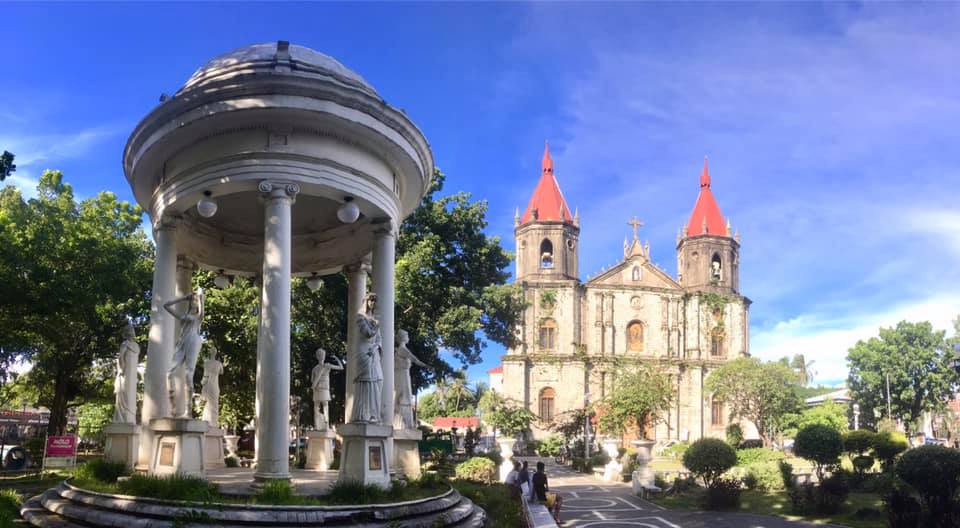
The national hero Jose Rizal visited this church in 1896 on his way from exile in Dapitan. He called it “iglesia bonita” and noted the biblical paintings on its ceilings and walls, done by local painters Mabunay and Hervas. Inside, there are four enormous side altars; two grand pulpits have winding wooden stairways adorned with carvings. The holy water and baptismal fonts (where five generations of our family have been baptized), are of white marble, and the confessionals made of hard wood are intricately carved with gothic elements. The main pillars are in the elaborate Corinthian style. Several years ago, the church was fitted with air conditioning, and before the pandemic, classical music concerts were held, featuring the likes of pianist Cecile Licad and the Manila Symphony Orchestra.

The church was an evacuation center during WWII, and was damaged by bombs. Some parts of the church floor still have markings from shrapnel. Many prominent Molenos are interred inside the church, the tombstone inscriptions now partly worn away. Good Friday processions in Molo are said to be the grandest in the city, with thousands of devotees, century-old carrozas maintained for generations, with the star – the figure of the dead Christ, in a resplendent gilt carriage – the Santo Entierro.
Intertwined with the history of building the church is that of the famous Panaderia de Molo, one of the oldest bakeries in the country, almost 150 years old. Three spinster sisters from Molo of the Jason y Hechanova family made use of the egg yolks discarded from the egg whites used in church construction. They baked delicious pastries and cookies, continuing after the church was completed. The sisters passed on this art to their niece, Luisa, daughter of their brother Crisostomo and his wife, Antonina Sanson. The Panaderia is now run by Luisa’s grandchildren and great-grandchildren, the fifth and sixth generations. My favorites continue to be the rosquetes, galletas, broas, and hojaldres.
Aside from the church, Molo’s plaza also boasts of a bandstand with art deco touches, a neoclassical-style gazebo featuring six goddesses from Greek mythology, and a Maria Clara statue done by the Italian sculptor Francesco Monti, known for his work on the Metropolitan Theater and the Rizal Memorial stadium. The main plaza pavements are pebble washout with a distinctive design that is supposed to spell out the words “ILOILO.” Prior to WWII, the plaza was surrounded by several mansions, but now only a few remain. Right in front of the church, the former Yusay-Consing mansion was bought by a mall chain ten years ago and is now called the Molo Mansion. It has native products and pasalubong, while the grounds surrounding it have al fresco dining and coffee shops.
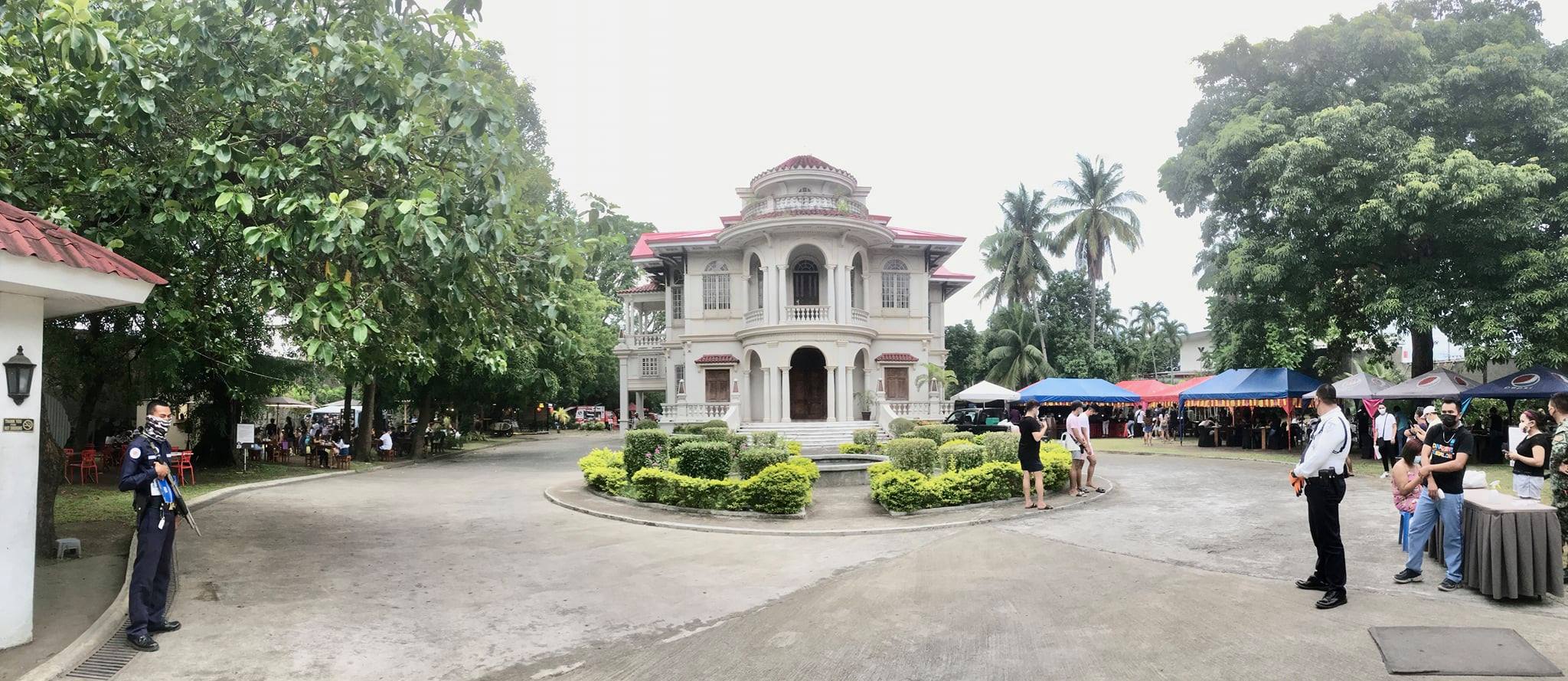
The block to the north side of the church features several homes of prominent families: the 1935 Soriano house, now owned by the Pison family; they also have a large bahay na bato a few steps away, while on the side street is a centuries-old bodega for storing salt, made of brick and coral rock dating back to the time when much of Molo was marshes and salt beds. On the same street one can find the houses of the Locsin-Escalante-Mabilog family, dating from the mid-1850s, and beside it, “Casa Rizaliana,” the former house of Don Raymundo Melliza. Rizal is said to have visited Melliza there after going to the Molo church, but there does not seem to be definitive proof that he did, and local historians have questioned accounts of his visit to the house.
Religious orders seem to have found a home in Molo; the Carmelite missionaries once had their motherhouse in Molo; an indigenous religious order, the Dominican Sisters of the Most Holy Rosary, was founded in 1925 by the first Ilonggo nun Mother Rosario Arroyo; and the Mill Hill Missionaries motherhouse. The Daughters of Charity run the Asilo de Molo, established in the 1930s as an orphanage, and now a home for the indigent elderly. Asilo is also known for fine and intricate hand embroidery.
A Molo barangay, Fundidor was so named because of the many foundries and iron works factories; many of the huge bells of the churches of Panay were made there. And since 2010, Molo has become even more popular to visitors, joggers, and walkers – because Esplanades 1 and 2 originate in Molo.
Finally, for foodies, Molo is the birthplace of pancit molo – ground pork, garlic, and chive dumplings cooked in a chicken and pork broth. Kap Ising’s pancit molo has been featured on national TV, praised by celebrities like Kris and Korina. The best lumpia ubod, empanada, and panara are also in Molo. If you’re up for local coffee, there’s Pid-Als, which opened in 1945, and which sources its beans from Ilonggo growers. This unassuming and inexpensive kapihan and carinderia has unique COVID-era table dividers – instead of the usual plastic barriers, they use mounted sepia photos of old Iloilo, adding a nostalgic touch. – Rappler.com
Vic Salas is a physician and public health specialist by training, and now retired from international consulting work. He is back in Iloilo City, where he spent his first quarter century.
Add a comment
How does this make you feel?
![[OPINION] Rizal’s visit to Iloilo: Separating fact from fiction](https://www.rappler.com/tachyon/2021/06/imho-sq.jpg?fit=449%2C449)
![[OPINION | Ilonggo Notes] Want to be an #Esplanaddict?](https://www.rappler.com/tachyon/2021/02/TL-iloilo-river-esplanades-February-19-2021.jpg?fit=449%2C449)

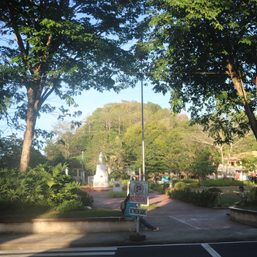
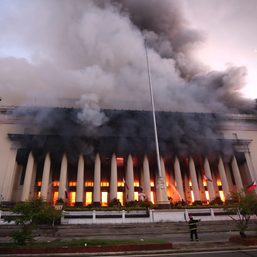
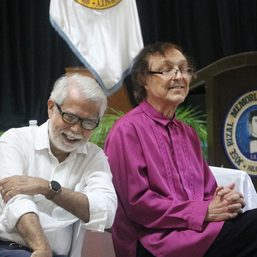



![[Ilonggo Notes] Putting the spotlight on Ilonggo and regional cinema](https://www.rappler.com/tachyon/2024/04/Screenshot-2024-04-07-at-2.04.59-PM.png?resize=257%2C257&crop=321px%2C0px%2C809px%2C809px)

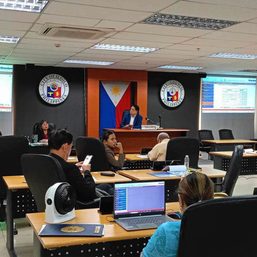

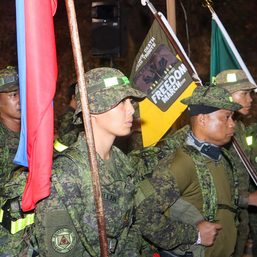
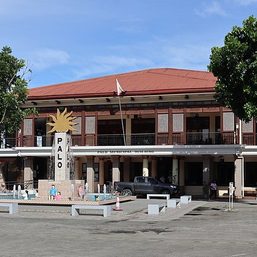
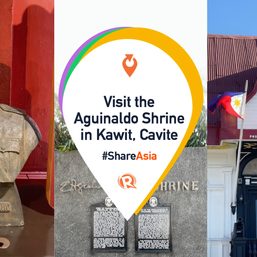
There are no comments yet. Add your comment to start the conversation.